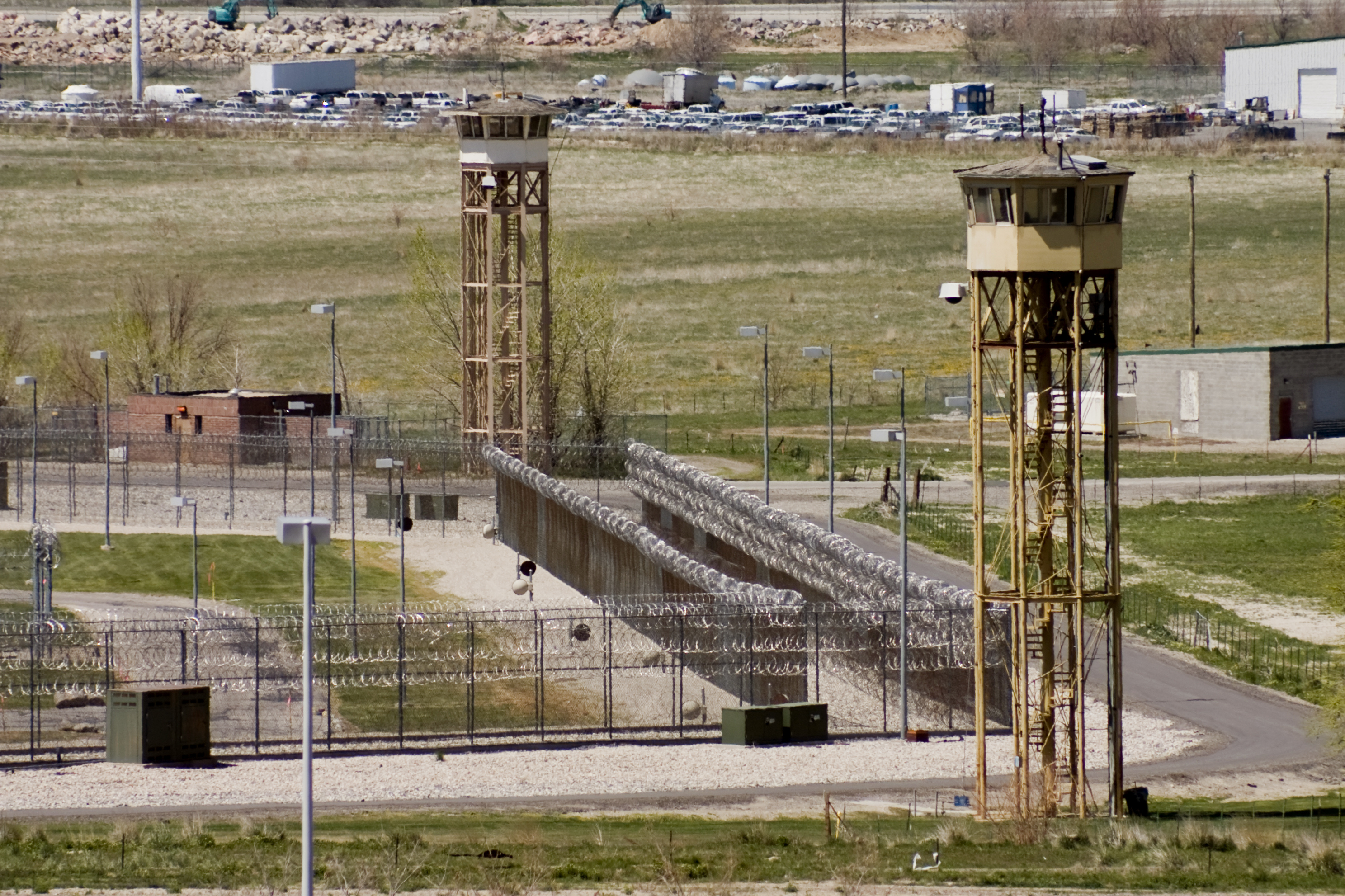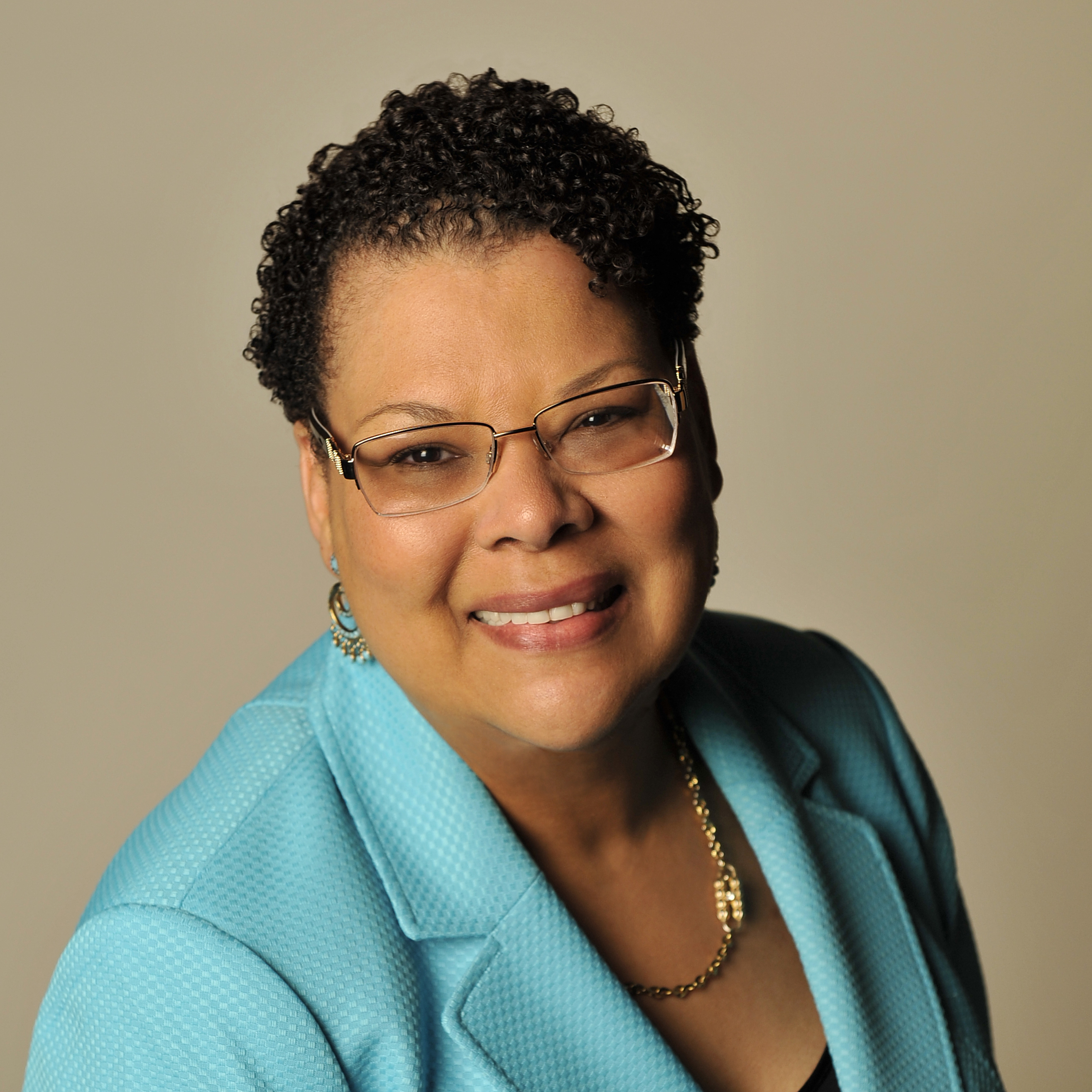
Given the growing number of female prisoners, our incarceration system needs to focus more on women’s needs.
More than one million women are currently under the supervision of the criminal justice system in the United States. Although men make up the majority of the prison population, rates of women’s incarceration have now outpaced male incarceration at an astonishing pace of two to one since 1980. This drastic increase of more than 700 percent firmly secures women’s place as the fastest growing prison population and highlights the urgent need for a gender-responsive, trauma-informed approach to female incarceration in the United States.
Outside of prison, too many men and women are subjected to violence in our society. Roughly one in three women in the United States report having experienced rape, physical violence, or stalking by an intimate partner in their lifetime. The rate is about one in four for men.
But for women in prison, the trauma rates are even higher. At some point during their lives, 90 percent of incarcerated women were victims of sexual or physical violence. Three out of four women in prison experienced physical abuse by an intimate partner and over one in four women were raped before entering prison. Over 90 percent of women who were convicted of murdering an intimate partner were victims of abuse by an intimate partner.
This means that prison facilities for women are filled to the brim with mothers, daughters, cousins, and friends dealing with untold trauma. Women tend to deal with trauma in very different ways than their male counterparts. For example, women experience more sadness and anxiety attached to emotional stress than men. It is crucial that prison officials learn how to spot and understand trauma in a gender-responsive way, while being mindful of how the environment of prison itself can re-traumatize those on the inside.
When dealing with trauma in general, studies show that over half of children and adolescents who have posttraumatic stress disorder go on to experience substance abuse problems. This correlation may indicate why women in prison are more likely than men to be there for drug-related, non-violent offenses. In fact, more than half of women in prisons are incarcerated for drug-related offenses. Women also deal with a greater number of mental health issues in prison than men.
Yet, instead of looking into the root causes of addiction and mental health problems, which often mask a history of abuse or trauma, society instead locks women up and tears families apart. From pat-downs and strip searches, to threats of violence and solitary confinement, the conditions of incarceration that women must face only adds an additional layer of new traumas upon preexisting, latent traumas.
Someone who is traumatized is vulnerable, which can lead to problems expressing emotions. A single smell, word, or sound can become a trigger, leading to a fight-or-flight response. For women in prison without the option of flight, traumatization or a triggering event can result in aggressive or anti-social behavior. This type of behavior in prison often results in harsher treatment and punishment, only reigniting a cycle of trauma that becomes difficult to stop.
By incorporating more trauma-informed care in our prisons, we synthesize our understanding of preexisting trauma with the potential triggers of a correctional environment. Trauma-informed care can create the rehabilitative environment that survivors need to recover from their trauma.
For women who have experienced trauma, the correctional tactics designed for men often have the opposite impact than what is intended. Aggressive scare tactics by correctional officers are sometimes effective with men, but for women with past trauma that is caused by unhealthy and abusive relationships, these tactics can lead to further mental health degradation. Resolutions for women with histories of trauma lie in an understanding of boundaries, language use, and awareness of trauma’s ripple effects.
The standard reactive measures against incarcerated people, including harsher punishment, shaming, and intrusive monitoring, are not appropriate when dealing with women who have experienced trauma. Our entire incarceration system is structured in a way that is counterintuitive to recovery for traumatized women. Its tight spaces, lack of privacy, and frequent harsh language and punitive measures only trigger further anxiety and stress for women, deepening the anguish that trauma has caused in their lives.
As the Executive Director of the non-profit organization College & Community Fellowship—which works with formerly incarcerated women—I know that the trauma of prison does not just disappear once women come home from prison. The harsh treatment that many women suffer in prison is often replicated by their probation and parole officers.
At College & Community Fellowship, we work to give women the emotional support they need. In fact, we train our staff to acknowledge trauma and allow women the space to deal with trauma at their own pace. As a result of our support—along with the use of positive incentives rather than more punishment—the women we serve are able to achieve success.
When a student in our program acts out, our first reaction is not to punish her, but to ask why. In addition to helping women earn their college degrees, we offer supportive resources to help women deal with whatever other trauma may be occurring in their lives.
After 17 years in the reentry business, we know that women need a positive community of support to help them thrive. Our trauma-informed service delivery—from our open office to our supportive staff—helps women deal with their past trauma so that they can truly heal and move forward as engaged citizens on their path to self-sufficiency.
The approach we take offers a valuable model for both police officers and prison officials when dealing with women. All forms of law enforcement must be trained to understand the distinctive effects trauma can have on women and then to respond with empathy. Simple steps such as acknowledging triggers, understanding and anticipating possible reactions, and allowing privacy and space to deal with traumatic memories, can go a long way toward helping women fully understand and work through the trauma they have experienced.
For women entrenched in the criminal justice system, it is vital that government provide trauma-informed care if these women are to move beyond their pasts. That care can be provided in a variety of ways: providing quality referrals for mental health or legal counseling, offering support groups, pushing positive reinforcement, and creating bright, open, and cheery places for women to live. All of these measures can help women in prison get the care they need.
If we ever want women in prison to heal from trauma and reach their true potential, then the process of healing must begin before they leave. To succeed in their core missions, prisons need to be safe, nurturing, and empowering places to recover. If all law enforcement officials could be trained more fully on the effects of trauma on women and the appropriate tactics to support them, then perhaps we could even stop some women from entering the criminal justice system altogether.




